The Internet of Things (IoT) has been a buzzword for several years now, and while many organizations have implemented IoT, mainstream adoption is still a few years away. Chief Information Officers (CIOs) will be responsible for implementing IoT, but it will be challenging to get all the right skills in-house, given the diversity of technologies. Many companies failed to plan or execute the IoT strategy, which is crucial for successful implementation.
The DNA of IoT
A company needs to have the right building blocks or DNA to have a successful IoT implementation. IoT's DNA comprises three building blocks: Devices, Networks, and Applications. Devices consist of sensors, computing, and communication modules, while networks include ZigBee, Wi-Fi, LTE, 5G, and satellite. Applications consist of new workflows, dashboards, analytics, etc. The maturity of these building blocks determines the success of IoT implementation.
Devices
Devices are the core of IoT implementation, as they collect data and send it to the cloud or the on-premises data center. The sensors collect various data points such as temperature, pressure, humidity, motion, etc. Computing modules process the data, and communication modules send the data to the cloud or the data center. Selecting the suitable device that suits your business needs is crucial, as thousands of devices are available in the market.
Networks
Selecting the right network to ensure that you have real-time data on the usage of assets is essential. Whether fixed or wireless, short-range or long-range, low-speed or high-speed network, choose the option that best suits your needs and budget. For example, a cellular or satellite network may be the best option for collecting data remotely. A Wi-Fi or ZigBee network may be a better option if you're collecting data from a factory floor.
Applications
Applications are the user interface that interacts with the user or the business. It's crucial to select the correct application that suits your business needs. For example, if you're monitoring the temperature of a cold storage facility, a dashboard that shows the temperature in real time may be a good option. However, if you're tracking patients' health in a hospital, an application that alerts the doctors if a sudden change in the patient's health may be a better option.
Digital Transformation
Digital transformation is an essential factor in adopting digital services. To remain competitive, companies need to adopt digital services to increase their productivity and create new revenue streams. Both front-end and back-end systems must be digital, and interacting with customers using online and mobile services is crucial. Companies that fail to embrace digital transformation will face inefficiencies and reduced competitiveness, leading to a decline in market share.
Maximizing Productivity
To maximize productivity, connecting assets effectively and understanding how customers use products is crucial. IoT provides real-time data on how assets are used and how customers interact with products. This data can be used to optimize processes, reduce downtime, and create new revenue streams. For example, if you're collecting data from a fleet of trucks, you can use the data to optimize the routes, reduce fuel consumption, and increase the number of deliveries per day.
Job Automation
IoT will break down unnecessary barriers and automate the process flow, leading to many manual tasks and job obsolescence. While this may face some resistance internally, new applications can manage the new approach, creating new jobs. Many custom-built applications must integrate into legacy systems, opening up unlimited possibilities for new applications for companies wishing to replace their old systems or adopt a new business.
IoT Middleware and Platform
An IoT middleware or Platform is one that "glues" hardware (IoT devices) and applications together. This is where you send data from IoT devices and manage it for further analysis or application development. An IoT middleware or platform can help you manage devices, monitor data, and develop applications. It can also provide analytics and visualization tools to help you make informed decisions.
Choosing the suitable IoT middleware or platform is crucial for successful IoT implementation. It's essential to select a middleware or platform that can integrate with your existing systems and support your business needs. There are many IoT middleware and platform providers in the market, and it's crucial to evaluate them based on their capabilities, scalability, and security.
IoT is a Journey
The IoT journey starts with a single step. Every company has its DNA, and choosing the path that suits you is crucial. It's also essential to understand that IoT is a journey requiring continuous improvement and development. As technology advances, new devices, networks, and applications will emerge, and it's essential to stay updated to remain competitive.
Conclusion
In conclusion, the DNA of IoT is crucial for successful implementation, and companies need to embrace digital transformation to remain competitive. Choosing the right network and IoT middleware is crucial for effective monitoring and maximizing productivity. IoT is a journey, and every trip needs to start with a single step. With the right building blocks, companies can harness the power of IoT to optimize processes, reduce costs, and create new revenue streams.
This article is based on "The DNA of the Internet of Things (IoT)" originally published on IoT World Blog.


